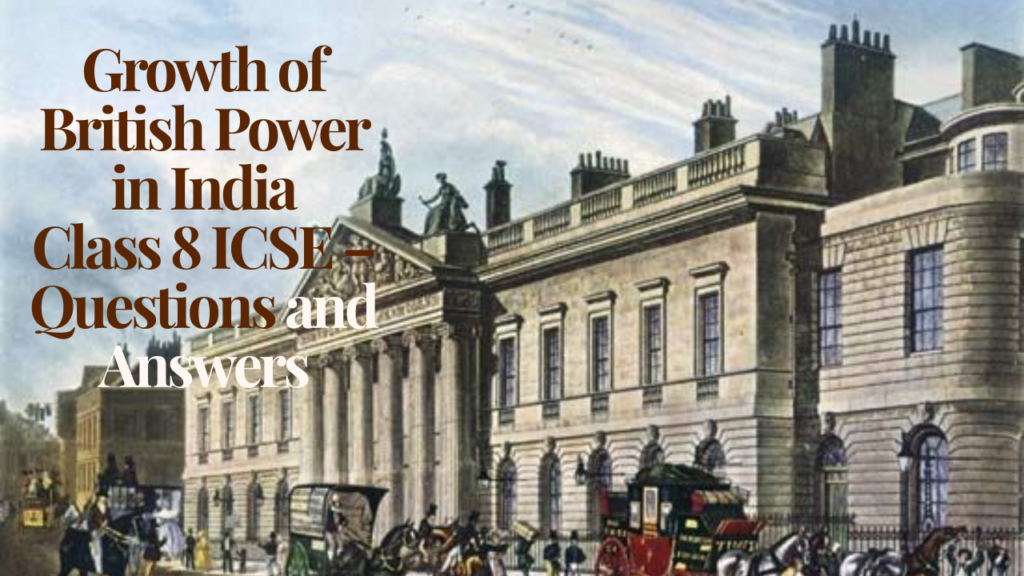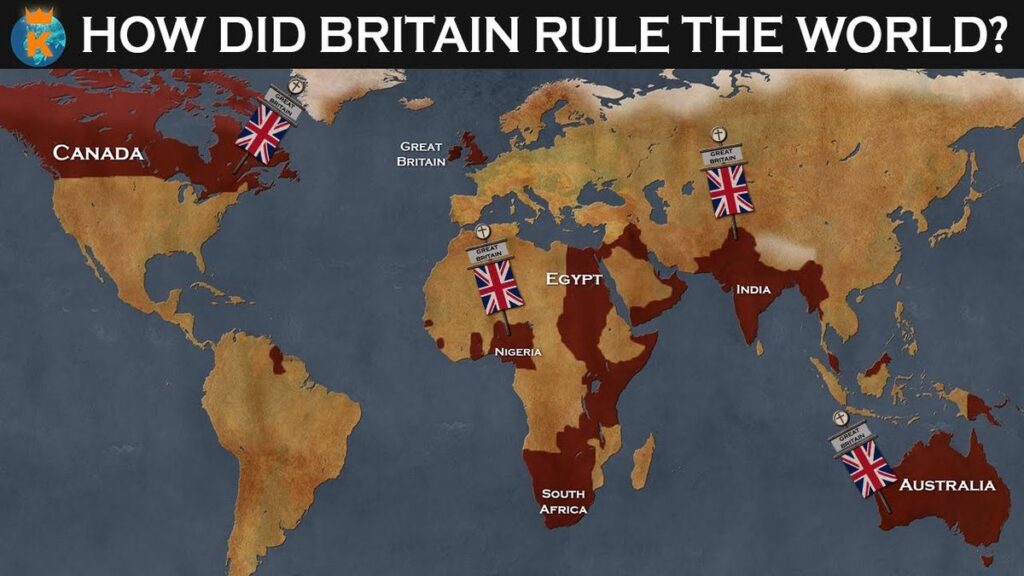CHAPTER 1
Objective: To provide well-structured and simplified solved questions and answers on the Decline of the Mughal Era for ICSE Class 8 students, making revision easy and effective.
The Decline of the Mughal Era is a crucial chapter in ICSE Class 8 history. It helps us understand how one of the most powerful empires in India gradually weakened and lost control. But grasping all the causes, consequences, and key developments can be challenging for many students.
That’s exactly why this blog post is created—for you.
Here, you’ll find clear, accurate, and student-friendly answers to commonly asked questions from this topic. Whether you’re preparing for a test or just revising at your own pace, these solved Q&As are designed to make learning smoother and stress-free.
Let’s break down the fall of a great empire—one simple answer at a time!
Answer the Following in 3–4 Sentences:
Q1: What are the various sources of historical evidence that help one understand the period?
Ans: Historical evidence comes from coins, inscriptions, paintings, architecture, manuscripts, and foreign travellers’ accounts. These sources help us learn about the political, economic, and cultural aspects of that time.
Q2: What were the causes of the decline of the Mughals after Aurangzeb?
Ans: The decline began due to weak successors, internal rebellions, and growing power of regional rulers. Also, continuous wars drained the treasury, and foreign invasions weakened the empire further.
Q3: Name the Mughals who ruled after Aurangzeb.
Ans: The Mughal rulers after Aurangzeb included Bahadur Shah I, Jahandar Shah, Farrukhsiyar, Muhammad Shah, and finally Bahadur Shah II.
Q4: What lessons can be derived from the causes of the decline of the Mughals?
Ans: The Mughal decline teaches the importance of strong leadership, unity, and good administration. It also shows how ignoring people’s needs can lead to rebellion and collapse.
Q5: How was Bahadur Shah different from his father with regard to his attitudes and values?
Ans: Bahadur Shah was more tolerant and tried to maintain peace with the Rajputs, Marathas, and Sikhs. He avoided religious conflicts and aimed for unity, unlike his father Aurangzeb.
Q6: Who were the Peshwas?
Ans: The Peshwas were the prime ministers of the Maratha Empire. They became powerful leaders and handled both administration and military matters.
Q7: When and why did Nadir Shah invade India?
Ans: Nadir Shah invaded India in 1739 to plunder its wealth. He defeated the Mughal army and took away immense treasure including the Peacock throne and Kohinoor diamond.
Q8: Why was the Third Battle of Panipat fought?
Ans: The Third Battle of Panipat was fought in 1761 between the Marathas and Ahmad Shah Abdali. It was fought for control over North India, and the Marathas suffered a massive defeat.
Q9: State the contributions made by the Rajputs.
Ans: The Rajputs were known for their bravery, architecture, and patronage of art and culture. They built grand forts and palaces and preserved Indian traditions.
Q10: Which social practices of the Rajputs have been abolished by Indian reformers?
Ans: Practices like child marriage, sati, and the purdah system were once common among Rajputs. These have now been abolished due to social reform movements.
Q11: Why did the Marathas not win wars in the Northern plains?
Ans: The Marathas were unfamiliar with the terrain of North India and lacked unity among their chiefs. Their long supply lines and weak coordination led to defeats.
Q12: What were the causes responsible for the decline of the Marathas?
Ans: The Marathas declined due to lack of unity, weak leadership after the Peshwas, and repeated wars. Their empire was spread too thin, and this made it hard to control.
Look at the essay on My Favourite Subject English
Look at the study guide on Small Pain in my Chest
Answer the Following in 5–6 Sentences:
Q1: Draw a comparison between the causes of the decline of the Mughals and the Marathas.
Ans: Both the Mughals and Marathas declined due to weak rulers and poor administration. The Mughals faced internal revolts and invasions, while the Marathas suffered from disunity and weak successors. Overexpansion and financial problems also weakened both empires. The Mughals lost control over provinces, and the Marathas failed to maintain a strong central authority. In both cases, lack of unity and leadership were key reasons for their fall.
Q2: What do you understand by the Mansabdari system, and why did it fail?
Ans: The Mansabdari system was a ranking system used by the Mughals to assign ranks to officers. They were given jagirs (land) in return for military service. Over time, corruption grew, and jagirs were mismanaged. Officers became more interested in personal gain than loyalty. This weakened the Mughal military and administration.
Q3: Explain the meaning of Chauth.
Ans: Chauth was a tax collected by the Marathas from territories outside their kingdom. It amounted to one-fourth (25%) of the revenue. It was collected in return for protection or to avoid being attacked. This helped fund the Maratha empire’s expenses.
Q4: Write the names of the five main Sardars.
Ans: The five main Sardars of the Maratha Confederacy were Scindia, Holkar, Bhonsle, Gaekw
Fill in the Blanks:
- Farrukhsiyar was killed in 1719 by the Sayyid brothers.
- Murshid Quli Khan was the Subedar of Bengal in 1717.
- Chin Qilich Khan became the governor of Deccan in 1722.
- Nadir Shah took away the renowned Kohinoor and the Peacock throne.
- Chin Qilich Khan was given the title Nizam-ul-Mulk.
Match the Following:
| Column A | Column B |
|---|---|
| The Diwan of Bengal | Murshid Quli Khan |
| Governor of Awadh | Shuja-ud-Daula |
| He was given the title Nizam-ul-Mulk | Chin Qilich Khan |
| The last Sikh Guru | Guru Gobind Singh |
| The most outstanding Rajput ruler | Raja Sawai Jai Singh |
True or False:
- The successors of Aurangzeb were called the last Mughals. – True
- Bengal, Awadh, and Hyderabad were dependent provinces of the later Mughal emperors. – False
- Haider Ali rose to prominence as an independent ruler of the Marathas. – False
- The Peshwas rendered services to the Sikh rulers. – False
- The Mughal Empire came to an end after the death of Aurangzeb. – False
Tick the Correct Answer:
- Who was the last Sikh Guru?
✅ Guru Gobind Singh - Who was the founder of the Pink City?
✅ Raja Sawai Jai Singh - Who was the last Mughal Emperor?
✅ Bahadur Shah II - What was given as payment to the Mughal officers in return for their services?
✅ Jagirs - He composed Khayal and Thumri under a pen name.
✅ Mirza Ghalib
Write short notes on the following:
A: Mir Bakshi
Mir Bakshi was the head of the military department in the Mughal administration. He was responsible for recruitment, payment, and the performance of soldiers. He also kept records of mansabdars and maintained discipline in the army.
B: Mirza Ghalib
Mirza Ghalib was a famous Urdu and Persian poet. He is known for his deep and emotional poetry that reflects love, loss, and human struggles. He composed Khayal and Thumri under his pen name, leaving a lasting mark on Indian literature.
C: Chhatrapati Shivaji Maharaj
Shivaji Maharaj was the founder of the Maratha Empire. He was known for his military brilliance, administrative skills, and strong sense of justice. He promoted local languages and upheld Hindu traditions. His guerrilla tactics and forts were key to his success.


